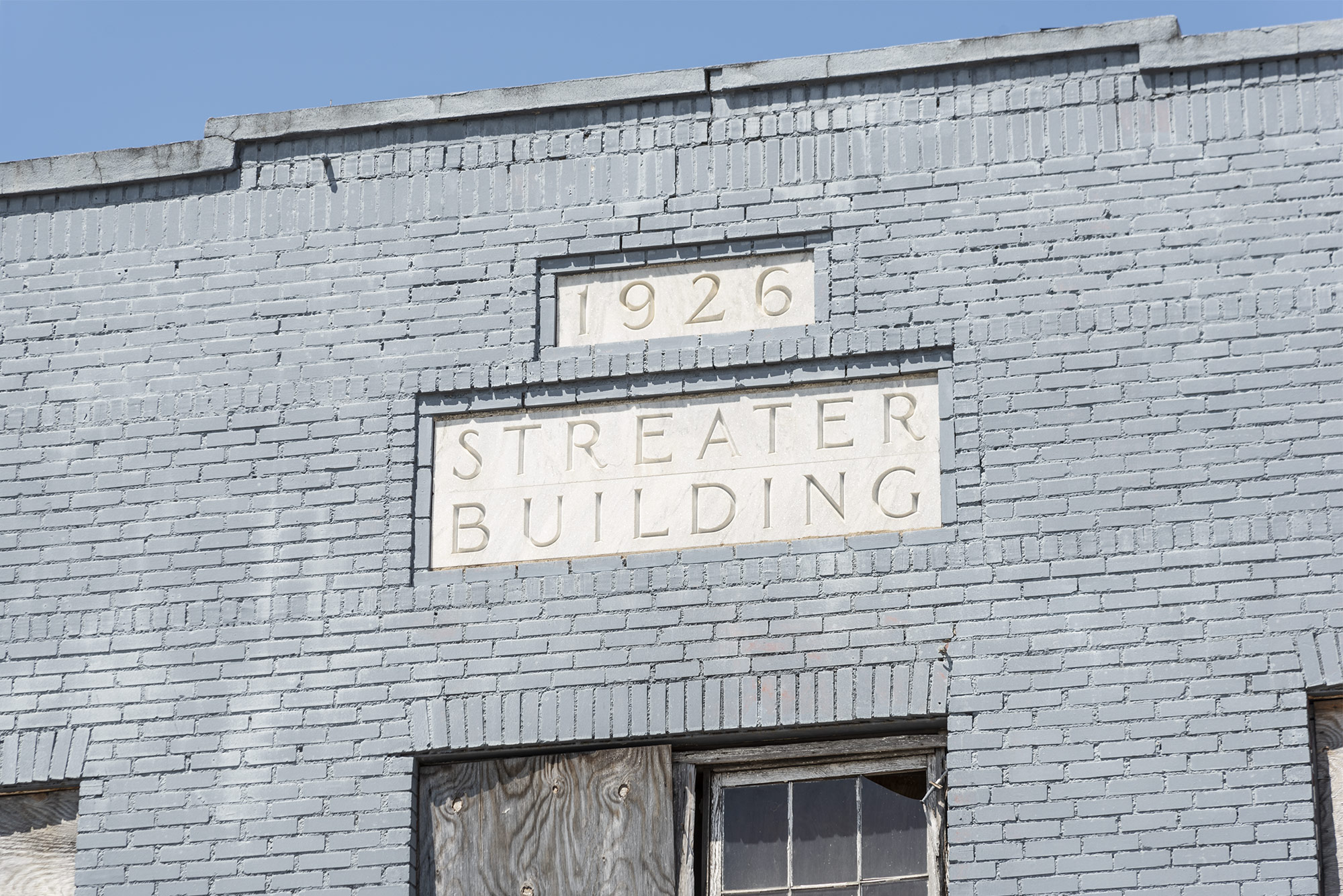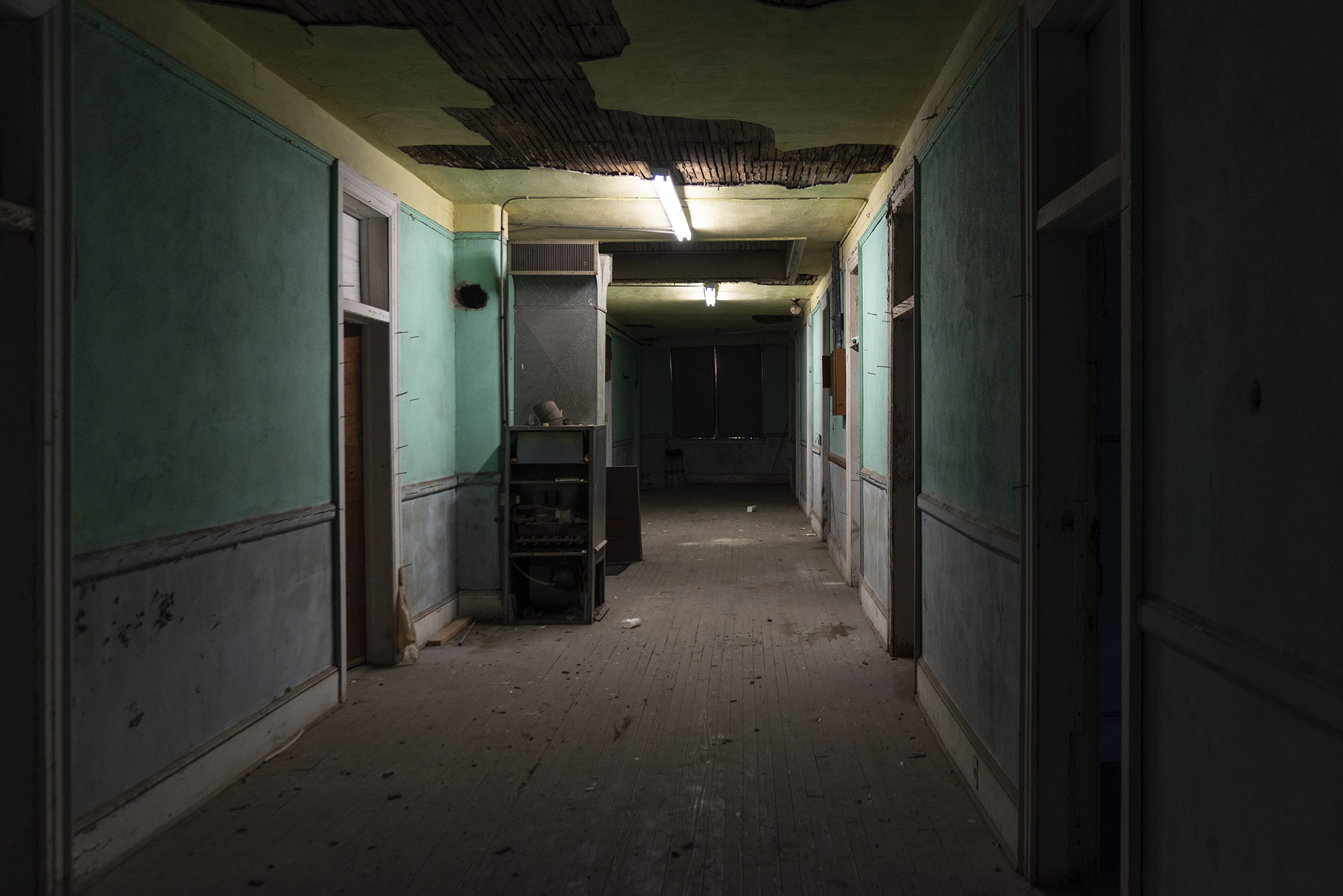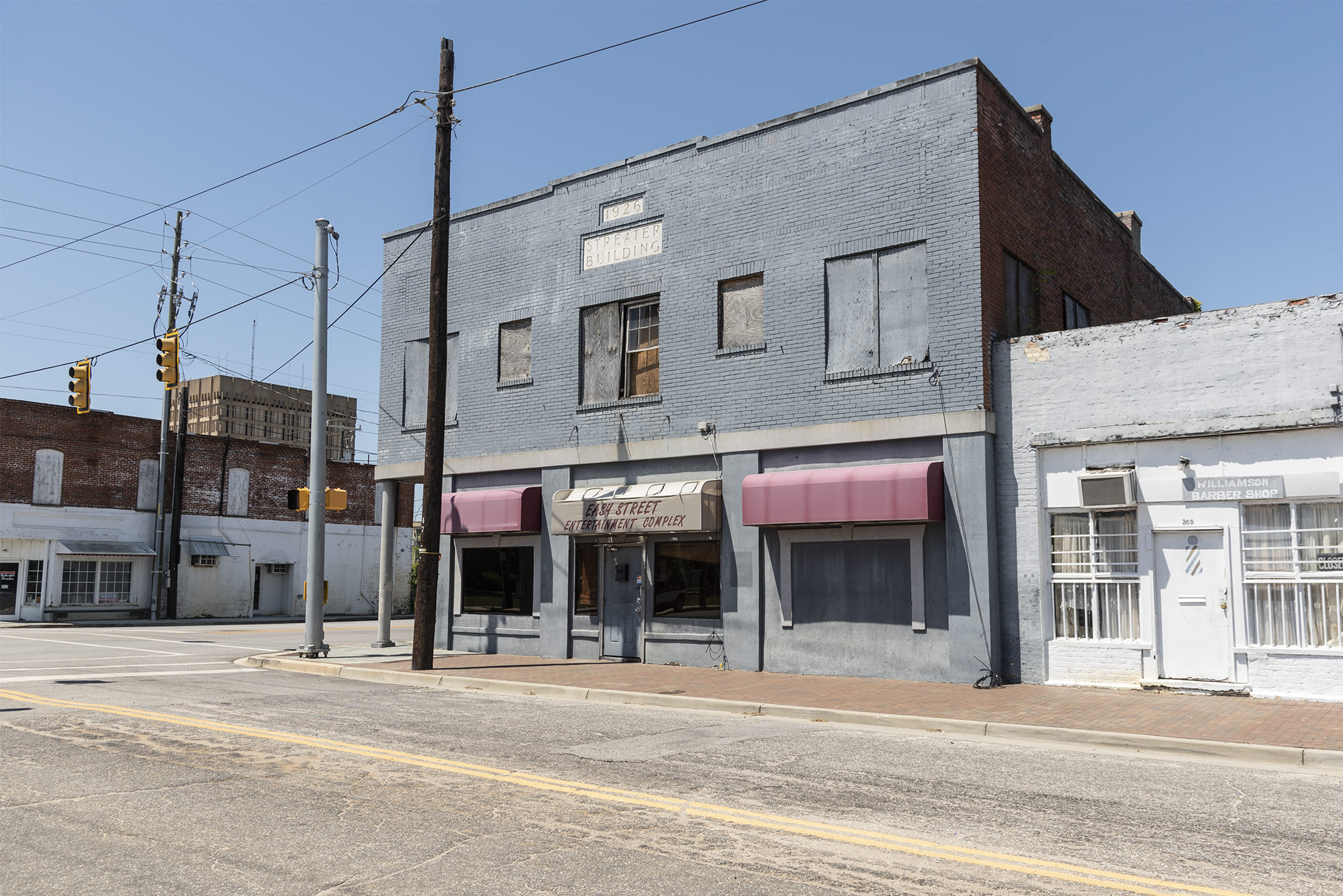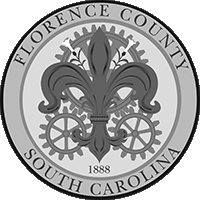At the northwest corner of Darlington and Dargan streets in Florence is a lone brick building with a largely forgotten past. Known as the Streater Building, it is the northernmost remaining architectural landmark of the historically African American downtown business district.
Although a carved marble inset above the entrance is inscribed with the date 1926, the story of the building begins much earlier.
The Streater Building started around 1904 as a small mercantile & grocery operated by Mr. General Armstrong Streater, an African American gentleman born approximately 1861 in Chesterfield, SC. At that time it was a two-storied wood frame building which also served as the primary residence for Mr. Streater, his wife Queen Victoria Plunkett Streater, and their eight children.
Before the Civil War, the property was part of a large tract owned by Thomas McCall, who sold it in a purchase made by the North Eastern Rail Road Company, which subdivided the land. It first appears as a fragment of town lot number 160 in maps made for the NERR in the late 19th century. In the 1904 map of Florence surveyed by J.W. Brunson, the property was designated as parcel no. 16, section R, in the northeastern ward of the city.
In addition to the grocery store, city maps and directories from 1905 to 1924 indicate that the Streaters maintained a restaurant in the lower floor of the building, facing south onto West Darlington Street. According to US Census records, Mr. Streater and his sons also occasionally resided in Chesterfield to help maintain a family farm there during planting season.
Sometime between 1925 and 1930, the Streaters left Florence for good, moving to Manhattan, NY. Although no longer in Florence, the Streater name continued to be associated with the building on the corner. It is likely that it was converted from wood frame to brick veneer around that time.
From around 1930 to 1945, the building was the primary office of well known African American physician, Dr. William C. Strother. Dr. Strother, born around 1868, had previously practiced in an office across the street on the same block of N. Dargan. His wife, Effie Strother was a tenured and popular teacher at Wilson School.
During the late 1930s in the Streater Building was the office for the “Colored” Florence County Farm Agent. This position was appointed by the Clemson Extension Service, administrated by SC State Agricultural College at Orangeburg, and funded by county government for the purposes of organization and oversight of local agricultural education and labor projects.

In the upper floor of the Streater Building beginning in the 1940s was a boarding house managed by Ms. Sallie Bacote, who had previously been the proprietor of another establishment on the 400 block of East Evans Street. Ms. Bacote rented furnished rooms at the Streater Building for around ten years.
In the 1950s the building was mostly vacant, although it was occupied briefly at various times by several businesses. It is believed that both Dr. Strother and Ms. Bacote were retired or deceased at this time.
The Streater building reopened around 1962 as the “Zanzibar Hotel”, which was managed by Mr. Harley Brown and his wife, Annie M. Brown. The Zanzibar operated in the Streater Building until the early 1970s.
According to available published sources, all owners and occupants of the Streater Building since its beginning in the very early 20th century have been African American. In 2018 the City of Florence erected a state historical marker on North Dargan Street honoring the legacy and diversity of downtown businesses.
Hope Health of Florence acquired the Streater Building in 2018 with plans to preserve as much of the original brick structure as possible and renovate it for modern use.











